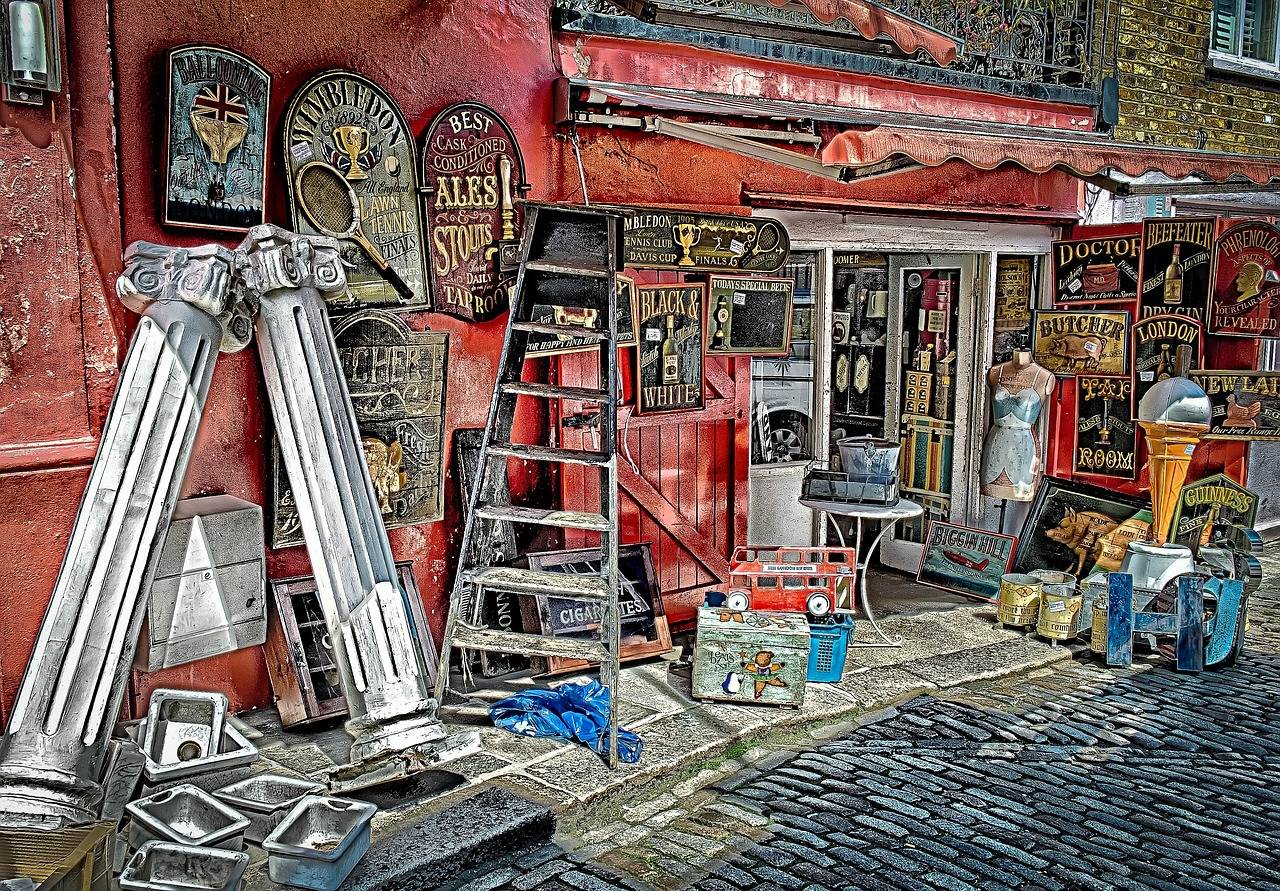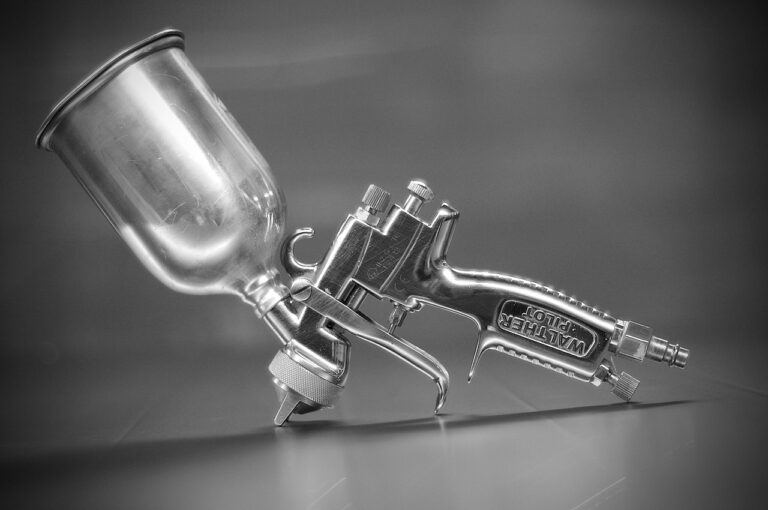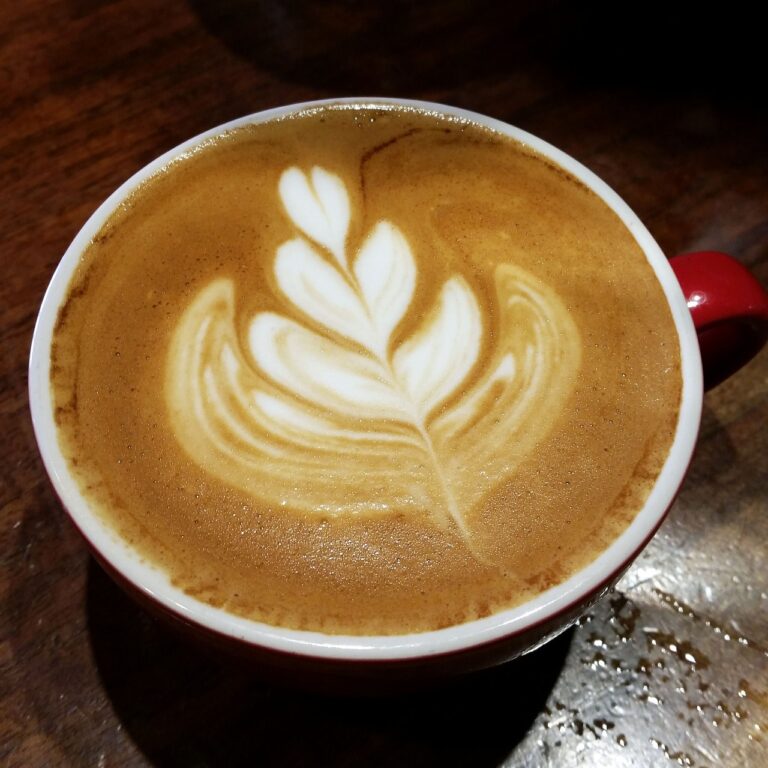Exploring the Market for Vintage and Retro Goods
Vintage and retro goods have seen a resurgence in popularity over recent years, with many individuals seeking out unique and nostalgic items to add to their collections. From retro clothing and accessories to vintage home decor pieces, these goods allow individuals to express their personal style and stand out from the mass-produced, modern trends. Embracing vintage and retro items not only adds character and charm to one’s belongings but also contributes to sustainable living by reusing and repurposing items from the past.
The appeal of vintage and retro goods lies in their ability to evoke feelings of nostalgia and transport individuals back to a different era. Whether it’s a vintage vinyl record player or a retro rotary phone, these items hold sentimental value and often serve as conversation starters. Additionally, the craftsmanship and attention to detail found in vintage and retro goods are often unparalleled, adding a sense of quality and timelessness to one’s collection.
History of Vintage and Retro Trends
Vintage and retro trends have been influencing fashion, design, and even lifestyle choices for decades. The concept of vintage focuses on items that are at least 20 years old, reflecting a specific era’s style and craftsmanship. Retro, on the other hand, refers to new items that are designed to imitate the style of a previous era. These trends have seen a resurgence in popularity in recent years, as people seek unique and sustainable alternatives to mass-produced goods.
The history of vintage and retro trends can be traced back to the mid-20th century when there was a strong nostalgia for the styles of the past. The 1960s and 1970s, in particular, saw a revival of interest in fashion and design from the early 20th century, leading to a wave of vintage-inspired clothing and home decor. This fascination with the past has continued to evolve over the years, with each decade drawing inspiration from different eras and adding its own modern twist to vintage and retro aesthetics.
What is the difference between vintage and retro goods?
Vintage goods are items that are at least 20 years old and are representative of a certain time period, while retro goods are new items that are designed to resemble styles from the past.
How have vintage and retro trends evolved over time?
Vintage and retro trends have evolved with changing consumer tastes and fashion cycles. What was popular in the past may come back into style years later with a modern twist.
Why have vintage and retro trends become so popular in recent years?
Many people are drawn to vintage and retro trends for their unique and nostalgic appeal. They offer a way to stand out from the crowd and express individual style.
Are vintage and retro goods always expensive?
Not necessarily. While some rare vintage items can be expensive, there are plenty of affordable options available at thrift stores, flea markets, and online marketplaces.
How can I incorporate vintage and retro trends into my wardrobe or home decor?
You can start by adding a few key vintage or retro pieces to your existing wardrobe or decor. Mix and match them with modern items to create a unique and eclectic style.





